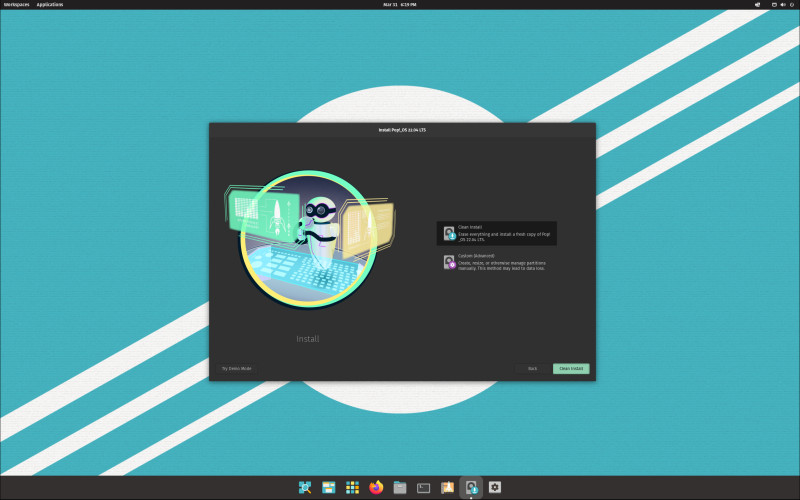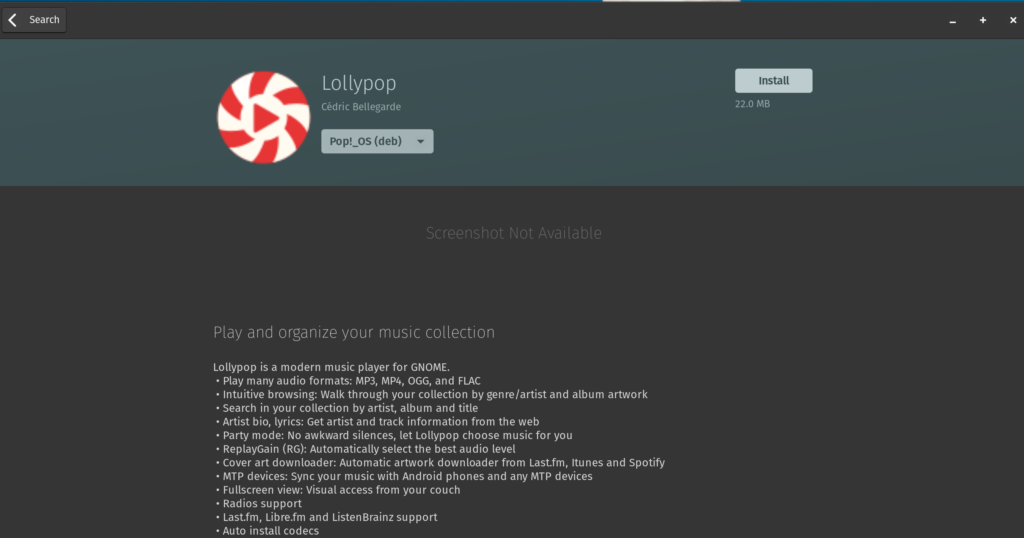It is for this very reason that companies work hard to maintain the same design language and the same look and feel for their software and services. Asking someone to ditch what they’re familiar with is a pretty big ask and that could explain the level of operating system loyalty we see today. For the average user, Microsoft Windows is synonymous to computing. True, there are differences from version to version but for the most part, a Windows user will find their way around any modern Windows version with relative ease. For the adventurous ones, Linux has and continues to offer a solid alternative. But we’re not here to sell you on Linux as your primary operating system, that’s a topic for another day. In this post, I will be documenting my personal journey. See, I consider myself a techie, a geek. Like many people in my inclination, Windows just doesn’t cut it and so around 10 years ago, I dual-booted my Windows 7 install with Ubuntu using the now deprecated Wubi (Windows-based Ubuntu Installer.) This was painless and unintrusive to the system, a process I would liken to installing a heavy app on your PC like AutoCAD or Microsoft Office. Since then, I have fallen deeper and deeper into the world of Linux, and today, I primarily use it for almost all my needs. It has been an exciting journey but last year, I decided I needed some fresh excitement and I ditched Canonical’s Ubuntu for System76’s Pop_OS!.
Why did I select Ubuntu in the first place?
There is no shortage of Linux-based operating systems for noobs and people that just want a reliable operating system that isn’t Windows. Linux Mint offers a lot of familiar artifacts for immigrants from Windows, there are even better-looking distros that mimic macOS and so much more. However, many of these distros are based on Ubuntu. Think of Ubuntu like AOSP Android. Clean and barebones but it offers a platform on which others can build their own forked versions of the same base, like Samsung’s One UI and Realme’s Realme UI and so on. You get the idea. I chose Ubuntu because of its simplicity. It looked clean and while there were a bunch of pre-installed apps out of the box, many of them were useful. It worked, it didn’t overwhelm me, it stayed out of my way and my workflow, it did its job and that was all.
What else is out there?
After getting comfortable with Ubuntu and getting to a point where I could find my way around and install tools that I used, I felt like I was outgrowing the simplicity. I needed something a little more robust, something more feature-packed. And that led me down the rabbit hole many Linuxers know all too well. There are tons of distros and over the next few years, I hopped from one to another, just trying to have a feel of the developers’ mindset and goals when designing the operating systems. I dailied many of the popular ones from Manjaro, Fedora, PearOS, CutefishOS, Linux Mint, and many more. Linux can be exciting once you nail the basics and know a few tools that cut across these distros. This, aided by the robust community forums out here means that whatever issue you run into, you’re often times mere clicks away from a solution. Also, should you not tinker with the system too much, you might never break it at all. That’s just how stable some of these distros are.
It all became a little much
Maybe it is part of growing up but after some time, I stopped fancying the flashiness of a well-customized desktop with plugins and themes and custom modules. I realized that my workflow really only required a few go-to tools and once those were nailed, I was sorted. I then started appreciating clean and lean systems with little clutter. Systems with everything I needed and nothing more. My Linux installs now seemed a lot smaller than they were. While I could run out of storage with a 150GB partition for Linux, I would now be comfortable with as little as 30GB. In a sense, by this time I had come full circle. I had come from Ubuntu, the most popular Linux distro known for its simplicity and elegance to the most feature-packed distro and now, I just wanted something modest, something that works.
Ubuntu became a little inconsistent and buggy.
Now, Linux can still be junky at times. This can be seen as the allure of Linux as you’re always tweaking or tinkering with something but oftentimes, some issues can’t exactly be fixed. Perhaps one bug that really got to me has to do with my struggles getting Microsoft Edge to work well on my Ubuntu 21.10 install. The app installed fine with no issues. However, on my HiDPI display, I would notice that the web browser didn’t render things sharply enough. The preinstalled Firefox browser didn’t have any issues but Chrome, Chromium, and Edge seemed to always have an issue.
Pop_OS!
These Linux streets aren’t as populous so over the years, I had heard about System76. A hardware company that’s dedicated to building kickass PCs that ran Linux, specifically, Pop_OS! which is a fork of Ubuntu with their own custom Gnome Shell dubbed Cosmic Desktop. Two weeks into my woes with Ubuntu 21.10, I decided to install Pop_OS! so I nuked my had disk and started the Cosmic journey. Installing Pop_OS! was a breeze. A few changes over Ubuntu in the installation but nothing drastic. I was still at home, only this home was new and improved.
Pros of Pop_OS!
After using the Ubuntu desktop for years and getting used to the Ubuntu Family of fonts, it was refreshing to see the implementation of Fira Sans. It looks clean, it is consistent all across the UI and I am a fan. The Gnome Shell isn’t too different from the one we’ve seen on Fedora and Ubuntu but there are a few subtle improvements and additions. One that I really like is the Windows auto-tiling feature. Click on the applet and your windows are auto-arranged in rectangles across your display. The software situation also feels a lot more streamlined. You get your system updates from the Pop Shop, its iteration of an app store. You can also select from within the Pop Shop which package of an app you’d like to install between Flatpak and deb files where they’re available. This feels a lot more unified and coherent as opposed to the random notifications you get on Ubuntu.
Cons of Pop_OS!
I had a few negative feelings about the default desktop but these are often fixable. For instance, by default, there isn’t a maximize button on the title bar of your Windows. This means that by default, Pop_OS! developers want you to use the auto-tiling feature or maybe double click on the title bar to maximize. This was an easy-fix though. Installing Gnome Tweaks and toggling that feature On fixed this in mere seconds. The Dock is placed at the bottom by default. I get why this is an ideal position for many. Windows, macOS all have their docks at the bottom but I like mine on the left-hand side. I feel like this leaves you enough real estate to do your thing. Again, pop into settings and this can be moved in at most 5 clicks. And that is the power of Linux. Almost anything you see on your desktop can be changed to suit your specific needs and requirements.
Conclusion
There is no shortage of choices in the Linux world and the community seems to have a new favorite child in Fedora. Many Linuxers feel like Fedora is becoming what Ubuntu was in the late 2000s and early 2010s and from the look of things, Fedora is indeed shaping up to be a solid distro with a more barebones version of Gnome, support for Flatpak, and more. Could that be my next destination in my distro-hopping journey? Only time will tell.





